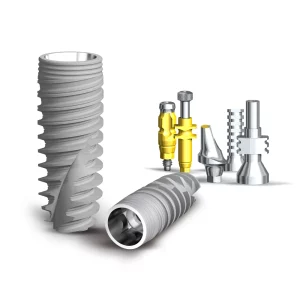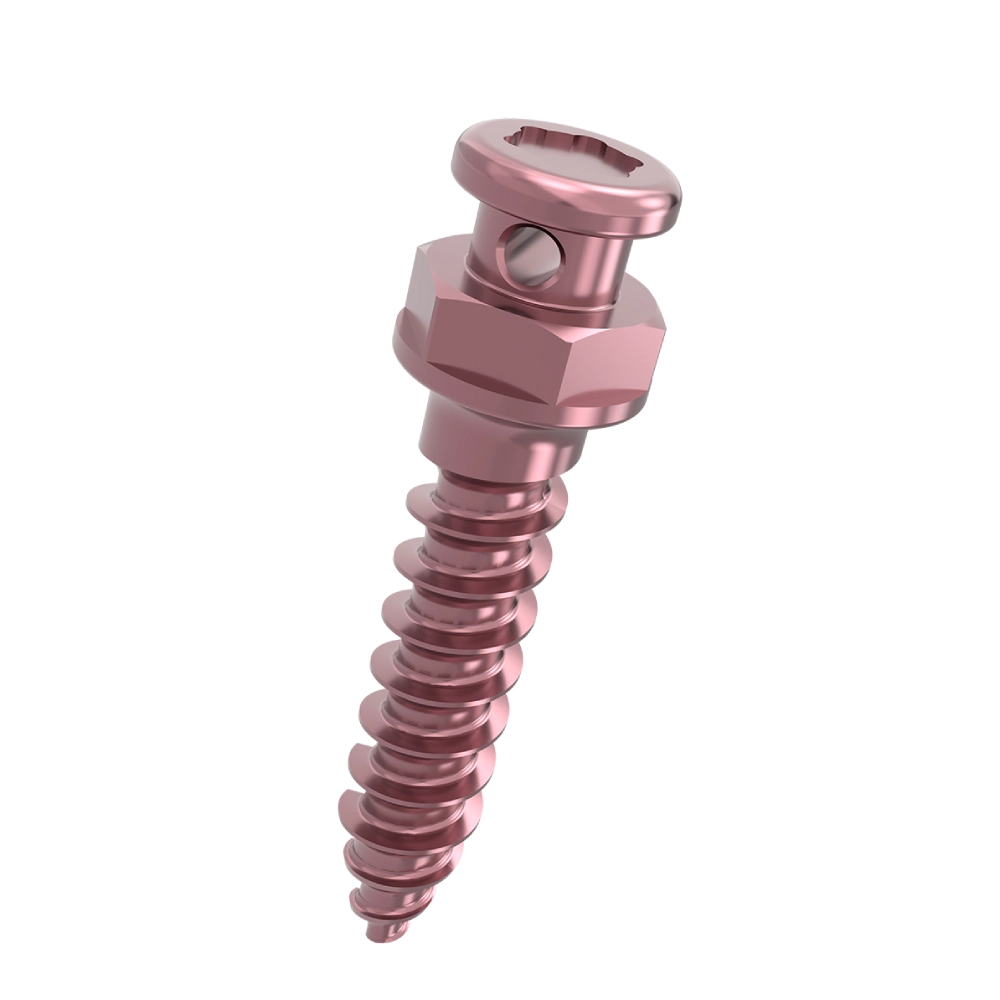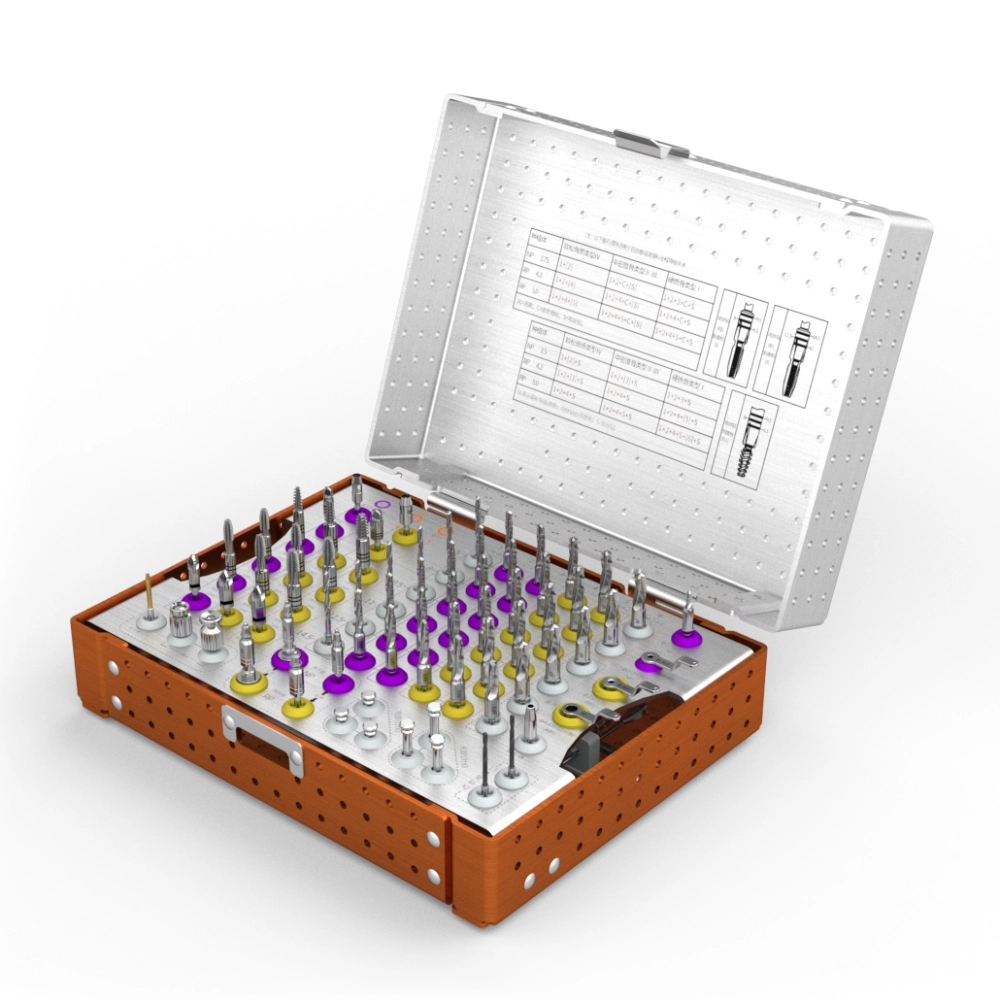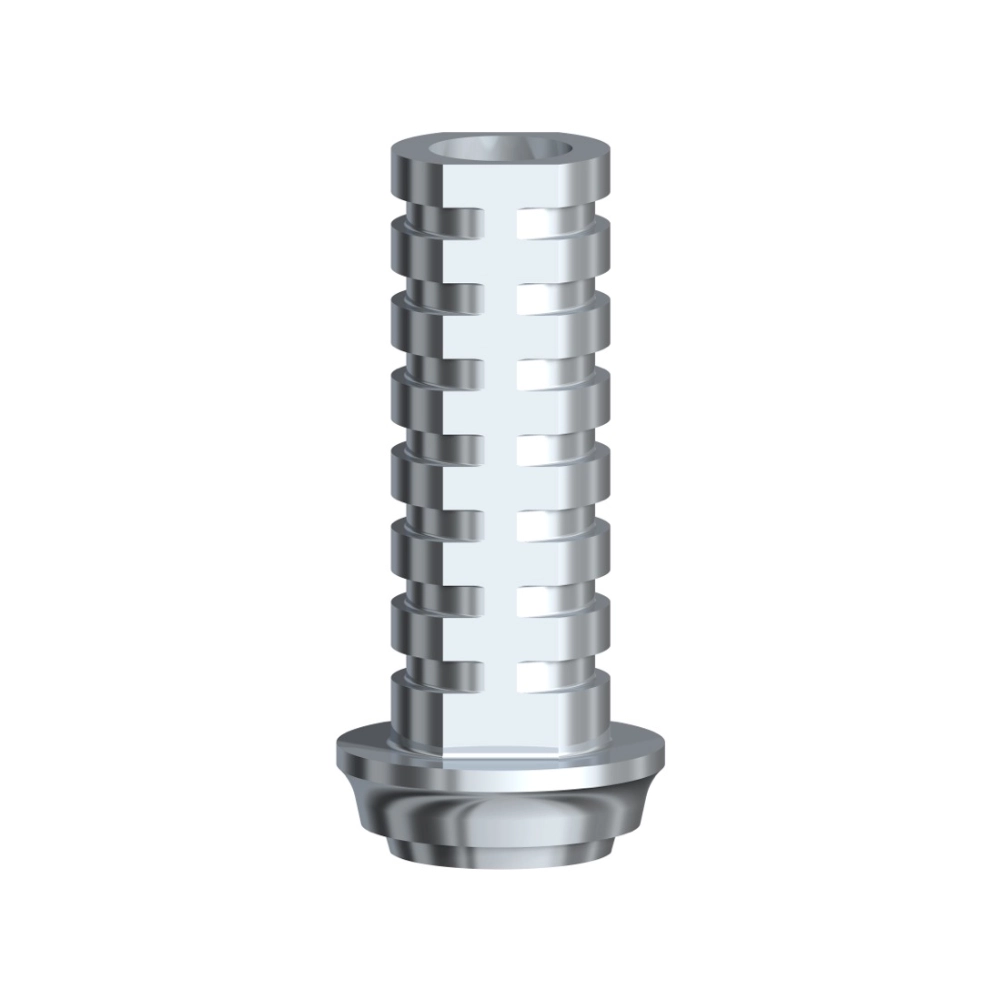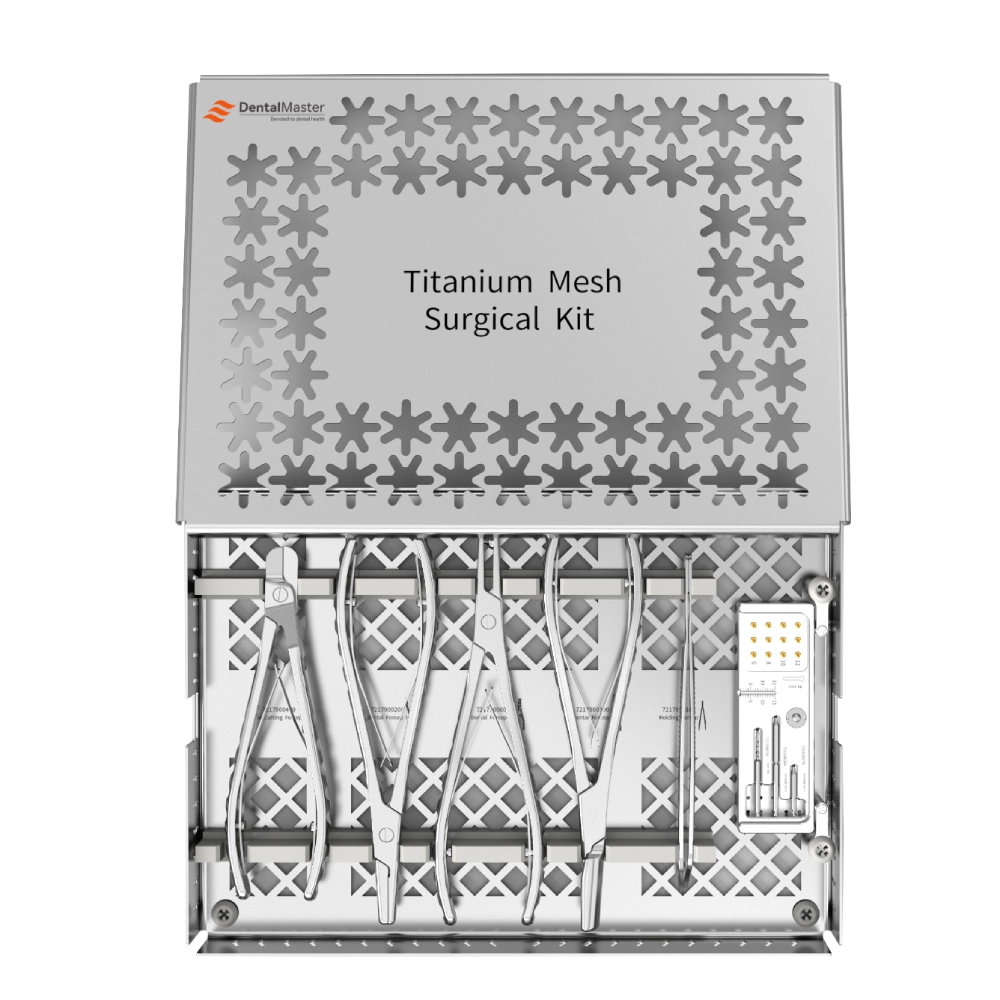
In the expansive field of dental implantology, sinus lift surgery plays a pivotal role as a critical technique. More precisely known as sinus augmentation, this procedure aims to increase the height of the posterior maxilla, thereby creating sufficient space for implant placement. The significance of this surgical method lies in its ability to provide effective solutions for complex dental cases where traditional implant procedures are hindered by insufficient maxillary bone height.
Sinus lift surgery involves skillfully elevating the maxillary sinus membrane and placing bone graft material underneath to create new bone height in the posterior maxilla. This process not only facilitates the secure placement of implants but also significantly enhances the success rate of implant procedures. For patients whose implant prospects are challenged by anatomical limitations of the maxilla, sinus lift surgery offers hope, enabling them to enjoy the functional and aesthetic benefits of dental implants. In this article, we will provide an in-depth explanation of sinus lift surgery, the essential tools required for its successful execution, and a step-by-step guide to the procedure.
What is a Sinus Lift Kit?
A sinus lift kit is a specialized set of medical instruments designed for sinus augmentation procedures. Its purpose is to assist dentists in achieving greater precision and safety during bone augmentation surgeries in the maxillary sinus area. This kit is specifically designed to address insufficient maxillary bone height, enabling the successful placement of dental implants.
A typical sinus lift kit includes various essential components to meet the demands of different stages of the procedure. These components often include:
- Osteotomes: Used manually or with a mallet to cut bone and create the necessary space.
- Drills: Designed to cut bone with precision through rotational motion, preparing the area for bone graft material or implant placement.
- Membranes: Applied to cover the exposed area after lifting the sinus membrane, preventing direct contact between the graft material and soft tissue, and promoting bone regeneration.
Additionally, the kit may include auxiliary tools such as guides and implant delivery systems to ensure smooth and efficient surgery.
Different brands of sinus lift kits vary in their component designs, material choices, and added features to accommodate diverse surgical scenarios and practitioner preferences. For instance, some kits emphasize minimally invasive techniques with finer instruments to reduce trauma, while others focus on providing comprehensive solutions, including advanced bone substitute materials and bio-membranes, to promote faster healing and better long-term stability.
Selecting the right sinus lift kit that suits the specific surgical requirements and aligns with the dentist’s technical preferences is essential for achieving optimal outcomes.
When is a sinus lift kit needed?
Sinus lift surgery is primarily utilized to address dental implant challenges caused by insufficient maxillary bone height. Specifically, this procedure is suitable for the following dental scenarios:
- Missing Upper Posterior Teeth
- When upper posterior teeth (e.g., molars) are missing due to various reasons and the sinus floor is relatively low in the affected area, sinus lift surgery can increase bone height to provide adequate support for implant placement.
- Alveolar Bone Atrophy
- Aging or progression of periodontal disease can lead to alveolar bone resorption, resulting in insufficient bone volume. Sinus lift surgery creates new bone space in the sinus area, addressing this deficiency.
- Severe Bone Deficiency
- For patients with extreme bone loss, sinus lift surgery combined with bone graft materials significantly increases bone volume, laying a solid foundation for successful implant placement.
Case Studies
Case 1:
A patient experienced the loss of teeth #14, #15, and #16 due to chronic periodontal disease. An X-ray revealed that the sinus floor-to-ridge distance at tooth #16 was only 2mm, indicating severe bone deficiency.
- Procedure:
Under local anesthesia, the dentist made an incision at the alveolar ridge crest, reflected the flap, and prepared a 4mm-diameter opening. The sinus membrane was carefully elevated by approximately 15mm, remaining intact throughout the procedure. Artificial bone graft material was placed, followed by a bio-membrane cover and suturing. - Outcome:
The patient recovered well postoperatively, creating favorable conditions for subsequent implant placement.
Case 2:
Another patient lost tooth #16 due to trauma. An X-ray revealed a sinus floor-to-ridge distance of 4mm.
- Procedure:
The sinus membrane was elevated by 7mm, resulting in a total post-lift ridge height of 11mm. BIO-OSS large-particle bone graft material was used, and an Ankylos B8 implant was successfully placed. - Outcome:
The patient recovered quickly, and the implant achieved excellent stability with remarkable results.
These case studies demonstrate the practical applications of sinus lift surgery. By increasing bone height in the posterior maxilla, the procedure enables successful implant placement even in challenging dental scenarios. Furthermore, it highlights the crucial role of sinus lift surgery in addressing complex dental cases and improving patient outcomes.
Key Features of a Sinus Lift Kit
A sinus lift kit is an essential set of tools in dental surgery. Its key features go beyond precision and efficiency during procedures, encompassing aspects such as material durability, ergonomic design, compatibility and system integration, as well as sterilization and maintenance.
Materials and Durability
The materials used in a sinus lift kit significantly impact surgical outcomes and long-term usage. High-quality materials ensure that the kit maintains optimal rigidity and flexibility during complex procedures. Durable materials also extend the kit’s lifespan, reducing replacement frequency and overall surgical costs. Thus, selecting a kit made from superior, high-performance materials is critical for ensuring reliable and long-term functionality.
Ergonomic Design
An ergonomic design greatly enhances the ease and comfort of surgical operations. By optimizing handle shapes, grip comfort, and tool connections, the sinus lift kit allows clinicians to perform procedures with precision and minimal hand fatigue, reducing the risk of errors. This design not only improves operational efficiency but also ensures safety and reliability during surgery.
Compatibility and System Integration
Compatibility with other dental tools and systems is another vital feature of a sinus lift kit. The tools within the kit seamlessly integrate with other dental equipment to create a comprehensive surgical system. This integration meets the needs of different stages of the procedure, simplifying workflows and enhancing flexibility and adaptability in diverse surgical scenarios.
Sterilization and Maintenance
Proper sterilization and maintenance are crucial for ensuring the safety and effectiveness of the sinus lift kit during repeated use. Adhering to rigorous sterilization protocols effectively eliminates bacteria and viruses, preventing cross-contamination. Regular maintenance extends the kit’s lifespan and ensures it remains in excellent working condition. Clinicians should strictly follow operation guidelines for sterilizing and maintaining the kit to guarantee safe and successful procedures.
User Guide for Sinus Lift Kit
The sinus lift procedure, using a specialized sinus lift kit, is typically categorized into two techniques: external lift (lateral window approach) and internal lift. Below are detailed steps and tips for each method:
External Sinus Lift (Lateral Window Approach)
- Measurement and Positioning
- Use X-rays or CT scans to determine the distance from the sinus floor to the alveolar crest and assess the thickness of the bone wall.
- Window Creation
- Create a lateral window on the sinus wall using a ball drill of specific dimensions. Ensure the sinus membrane remains intact.
- Membrane Elevation
- Under direct visualization, gently detach and elevate the sinus membrane upward and inward, ensuring it remains undamaged.
- Bone Grafting
- Place grafting material, such as autograft, allograft, or synthetic bone, between the elevated sinus membrane and the sinus floor to increase bone height.
- Implant Placement
- Depending on the original bone height of the sinus floor, decide whether to place implants simultaneously or delay placement for a later stage.
Internal Sinus Lift
- Preparation of Implant Site
- Prepare the implant site using standard techniques, drilling close to the sinus floor.
- Membrane Elevation
- Use internal sinus lift instruments to gently tap and elevate the sinus membrane, separating it from the sinus floor.
- Bone Grafting
- Insert bone grafting material through the implant site to elevate the sinus floor.
- Implant Placement
- Implants are usually placed immediately following the bone grafting process.
Techniques and Best Practices
- Use a stop ring to control drill depth, preventing damage to the sinus membrane.
- Inflate the membrane using saline and silicone tubing to achieve greater elevation.
- Utilize specialized bone graft carriers to minimize material loss during application.
Patient Safety and Comfort
- Pre-Surgery Preparation
- Ensure optimal oral hygiene and perform necessary periodontal treatments. For patients with systemic conditions, administer anti-inflammatory and pain-relieving medications preoperatively.
- Local Anesthesia
- Maintain patient comfort and ensure a painless procedure.
- Post-Surgery Care
- Provide detailed instructions on post-operative care, including dietary adjustments, maintaining oral hygiene, and avoiding strenuous activities.
- Follow-Up
- Schedule regular check-ups to monitor recovery and promptly address any complications.
Challenges and Solutions
Challenges:
- Membrane Perforation: May occur due to improper handling during detachment or elevation.
- Insufficient Bone Volume: Limited bone density at the sinus floor can hinder immediate implantation.
- Postoperative Complications: Issues like bruising, infection, or poor implant stability may arise.
Solutions:
- Membrane Protection: Use appropriate tools and gentle techniques during detachment and elevation.
- Bone Augmentation Surgery: Perform sinus lift procedures to increase bone volume for patients with insufficient bone.
- Infection Prevention: Administer antibiotics pre- and post-operatively, and ensure strict sterilization of instruments and the operating room.
- Postoperative Monitoring and Management: Observe recovery closely and address complications promptly.
In conclusion, performing sinus lift surgery using a dedicated sinus lift kit requires strict adherence to procedural steps and techniques. It is essential to prioritize patient safety and comfort while being prepared to address potential challenges during the surgery.
Benefits of Using a Sinus Lift Kit
Improved Surgical Precision and Efficiency
Sinus lift kits integrate advanced medical technology with precision instrument design, significantly enhancing the accuracy and efficiency of sinus surgery. These kits typically include specially designed drills, elevators, and bone grafting tools that are not only meticulously sized but also made from high-quality materials, minimizing errors during the procedure. For instance:
- Specialized guiding devices enable precise operations in the narrow and complex sinus area, avoiding damage to critical surrounding structures.
- Optimized instruments streamline surgical steps, reducing operation time and the patient’s exposure to risks, thereby improving overall efficiency.
Reduced Risk of Complications
Sinus lift surgery carries certain risks, such as membrane damage, bleeding, and infection. Utilizing a sinus lift kit can significantly lower the likelihood of these complications.
- Instruments in the kit are anatomically designed to minimize the potential for errors.
- Protective coatings on tools reduce friction and prevent damage to the sinus membrane.
- Fine-tipped elevators ensure effective detachment without compromising the membrane’s integrity.
- The bone grafting tools and materials included in the kit are typically biocompatible and stable, helping reduce the risk of postoperative infections and rejection.
Enhanced Patient Satisfaction
The use of a sinus lift kit not only improves surgical precision and safety but also directly benefits patient outcomes and overall satisfaction.
- Precise surgical procedures result in less tissue trauma and faster recovery, enabling patients to quickly return to their daily lives and work.
- Instruments and materials in the kit are often designed for optimal biocompatibility, reducing postoperative discomfort and the incidence of complications.
- The higher success rate of surgeries leads to improved treatment outcomes, increasing patient satisfaction. This, in turn, fosters stronger doctor-patient trust and contributes to building a positive doctor-patient relationship.
FAQs About Sinus Lift Kits
How often should a sinus lift kit be replaced?
The question of how often sinus lift kits should be replaced depends on various factors, including their frequency of use, maintenance, type of surgery, as well as the materials and quality of the kits.
As medical devices, sinus lift kits are designed and manufactured in accordance with strict standards and regulations. Under normal use and proper maintenance, these kits can maintain a long service life. However, if any damage, wear, or functional failure occurs during use, they must be promptly replaced to ensure the safety and effectiveness of the surgery.
Additionally, different brands and models of sinus lift kits may have varying lifespans and replacement intervals. Therefore, it is recommended to carefully read the product manual before use to understand the kit’s usage and maintenance requirements and follow the replacement suggestions outlined in the manual.
In summary, the replacement interval for sinus lift kits should be determined based on the actual situation. During use, it is essential to closely monitor the condition and performance of the kits, promptly identify and address any issues. Regular maintenance and care are also crucial measures for extending the lifespan of the kits.
Are sinus lift kits reusable or single-use?
Reusable sinus lift kits need to undergo strict cleaning, disinfection, and sterilization procedures after use to ensure that they remain sterile and meet performance requirements for the next use.
What is the average cost of a high-quality sinus lift kit?
The cost of high-quality sinus lift kits varies due to factors such as brand, model, materials, manufacturing processes, and market supply and demand. Therefore, it is difficult to provide a specific average cost figure.
In general, high-quality sinus lift kits tend to be more expensive, mainly because they use advanced manufacturing techniques and materials, offering higher precision and durability while meeting stricter medical standards and requirements. These kits are also typically subject to rigorous testing and certification to ensure their safety and reliability.
For medical institutions and doctors, when choosing high-quality sinus lift kits, in addition to considering cost, it is essential to focus on the kit’s performance, quality, and reliability. Ensuring that the selected kit meets surgical needs and provides better treatment outcomes and patient satisfaction is crucial.
Do sinus lifts work?
Sinus lift is beneficial, especially in cases requiring surgery or implant restoration in the maxillary sinus area, as it can increase the bone volume of the upper jaw. For patients with osteoporosis or insufficient bone height in the upper jaw, sinus lift surgery can increase the bone volume, allowing it to reach the required height for dental implants or other procedures. This is particularly important for patients needing implant restoration for missing teeth in the posterior maxilla, as sinus lift can provide sufficient support and stability for the implants.
What are the two types of sinus lift?
Yes, there are two main types of sinus lift procedures, especially for maxillary sinus lift: the internal sinus lift and the external sinus lift.
Internal Maxillary Sinus Lift: This method is generally used when the required lift height is small (usually about 3mm to 5mm). During the procedure, the surgeon creates a window through the floor or side wall of the maxillary sinus, then uses special instruments to elevate the sinus membrane upward, thereby increasing the bone height at the bottom of the sinus. The internal lift is less invasive, and the recovery time is typically quicker.
External Maxillary Sinus Lift: When a greater lift height is required (usually over 5 mm), the surgeon may opt for the external sinus lift. This procedure involves making an incision on the outer wall of the maxilla, then detaching the membrane and grafting bone powder or other bone substitutes to increase bone volume. Due to the larger surgical area, the recovery time may be relatively longer.
It is important to note that the choice of surgical method should be based on the patient’s specific condition, the purpose of the surgery, and the surgeon’s experience and skill level. When selecting the surgical approach, the surgeon will consider factors such as the patient’s age, the structural characteristics of the maxillary bone, the surgical risks, and the expected outcomes. Additionally, patients should be well-informed about the risks of the procedure and the postoperative care requirements, making a wise decision under the guidance of their doctor.

